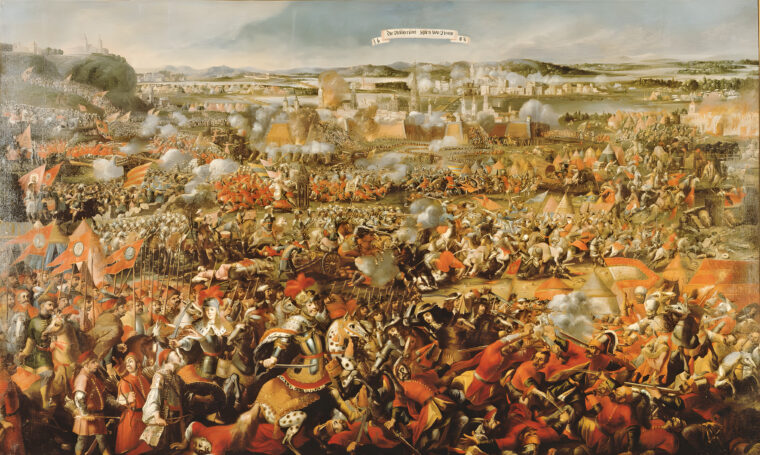
October 2002
Military Heritage
Islam at Vienna’s Gates
By Ludwig Heinrich DyckFor nearly two long months, from July 14 to early September 1683, Vienna endured the siege from the Ottoman Empire. Read more
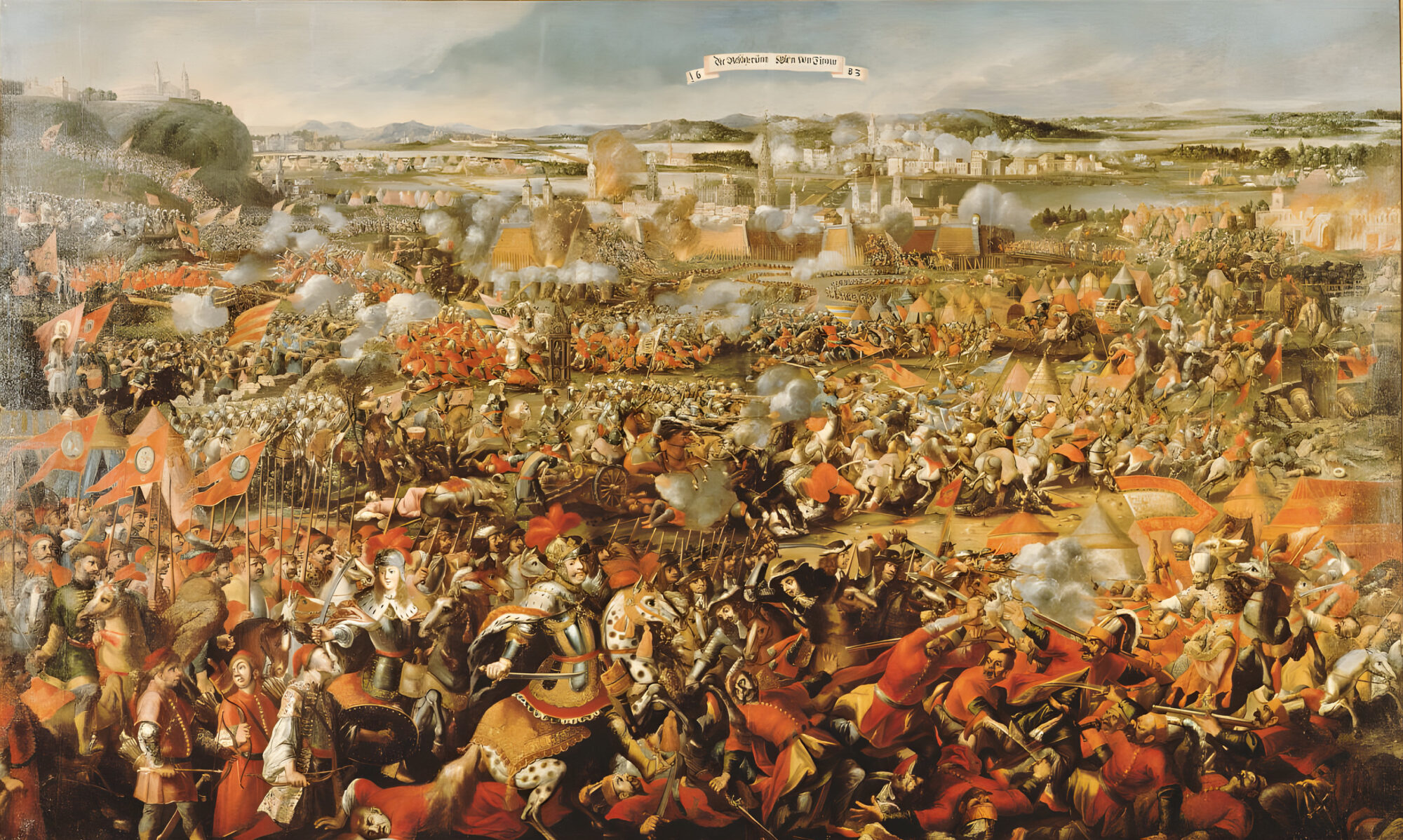
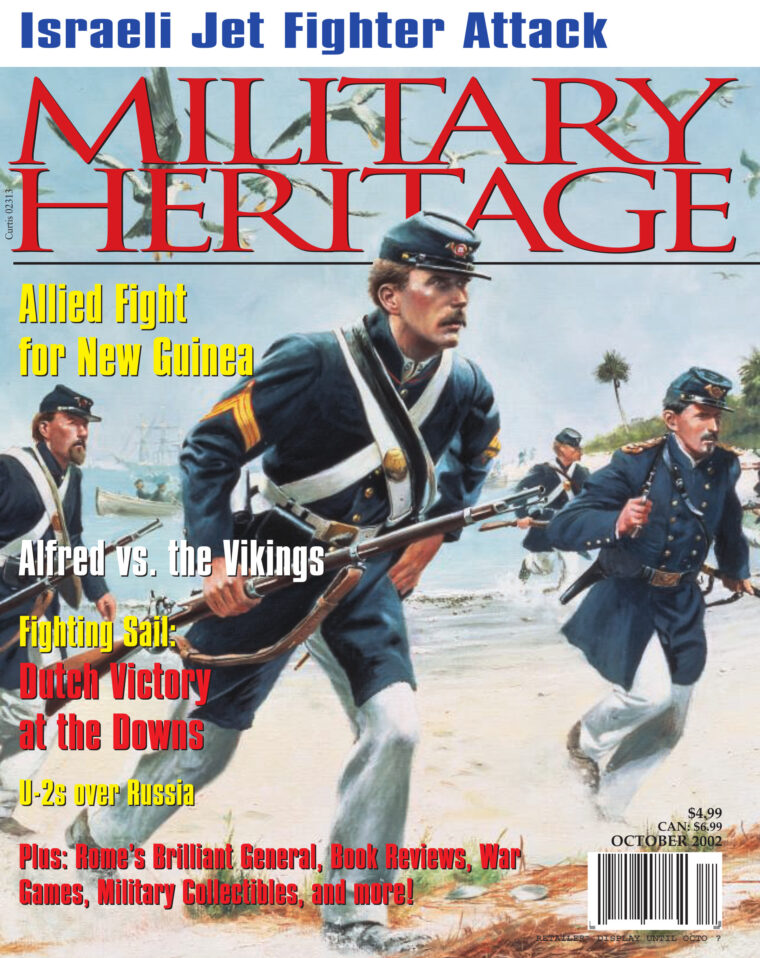
Volume 4, No. 2
U.S. Marines invade a stretch of Southern coastline. Painting by Don Troiani, www.historicalartprints.com.

October 2002
Military Heritage
For nearly two long months, from July 14 to early September 1683, Vienna endured the siege from the Ottoman Empire. Read more
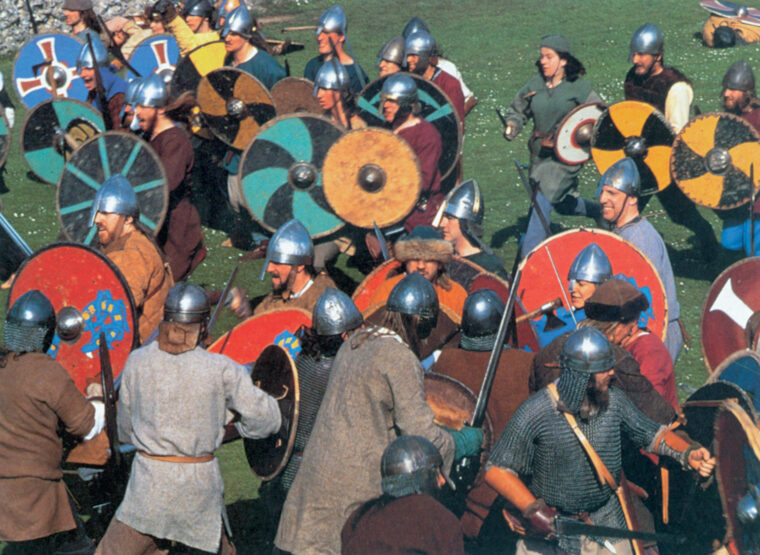
October 2002
Military Heritage
It was the custom for King Alfred of Wessex to celebrate the Twelve Days of Christmas at his royal palace at Dorchester, in the county of Dorset. Read more
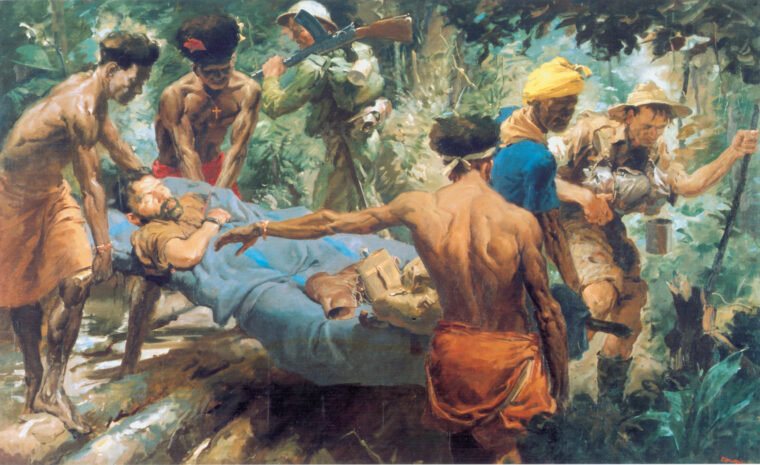
October 2002
Military Heritage
The Papuan peninsula is a lush, tropical rainforest on the southeast end of New Guinea populated by Melanesian natives. Read more
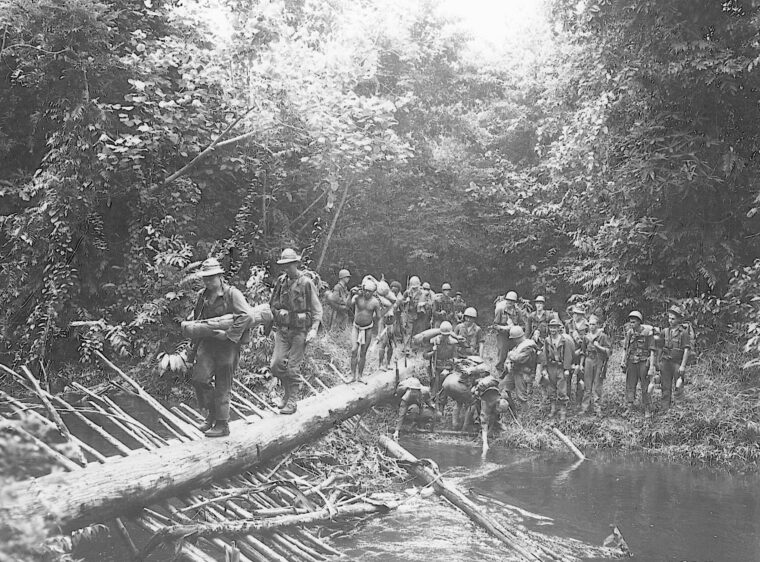
October 2002
Military Heritage
In 1994 James Anderson and a few other adventurers retraced the Australian Army’s withdrawal from Kokoda in 1942, and followed the track across the Owen Stanley Mountains. Read more
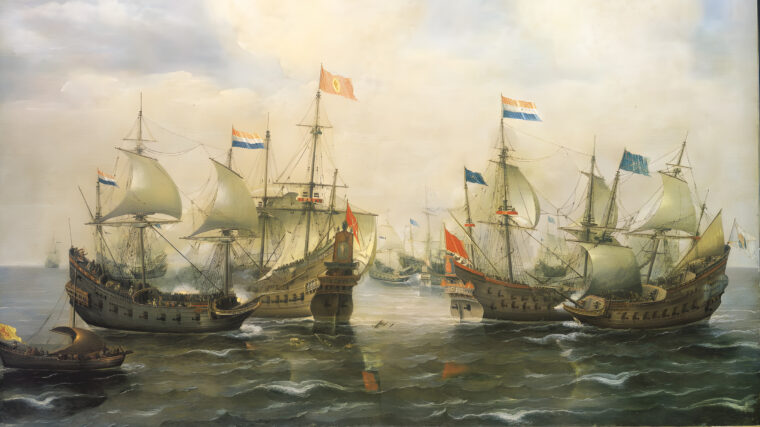
October 2002
Military Heritage
Vice-Admiral Sir John Pennington’s jolly-boat nudged against the accommodation ladder that had been rigged aboard the Santiago, flagship of Admiral Don Rafael d’Oquendo’s Spanish fleet. Read more
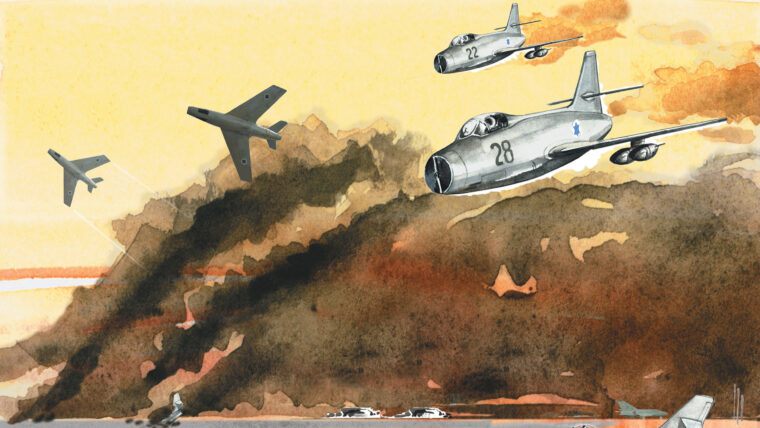
October 2002
Military Heritage
It was 7 o’clock Israeli time, three hours after dawn on Monday, June 5, 1967. The summer season’s daily thick morning mist was just lifting from the coastal areas, across the breadth of the humid Nile Delta, and along the Suez Canal. Read more
October 2002
Military Heritage, Editorial
The most astonishing looking common aircraft of World War II was the Lockheed Lightning P-38. It had two tails.
Or rather in aircraft talk, it had twin booms ending in vertical stabilizers and rudders. Read more
October 2002
Military Heritage, Communique
Dear Mr. Stoddard,
The article “Fighting the Tiger” by Eric Niderost (August 2002), regarding the first U.S. military action in Korea in 1871, was very well written. Read more
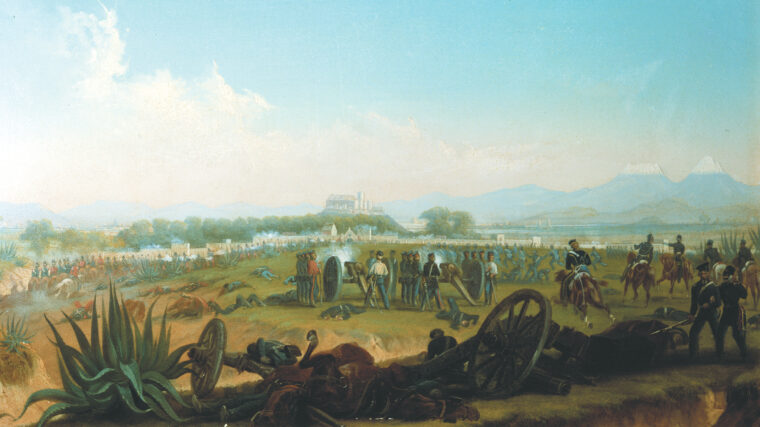
October 2002
Military Heritage, Weapons
“It is with artillery that one makes war.” So declared Napoleon Bonaparte, one of the Great Captains of military history and a born gunner himself. Read more
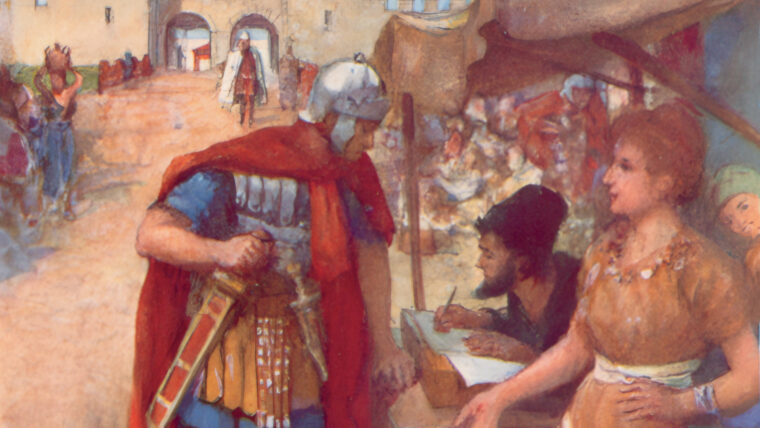
October 2002
Military Heritage, Soldiers
Gnaeus Domitius Corbulo was probably born between 4 bc and ad 1. His younger half-sister was first the mistress and then the consort of Gaius Caesar Germanicus, better known as the Emperor Caligula. Read more
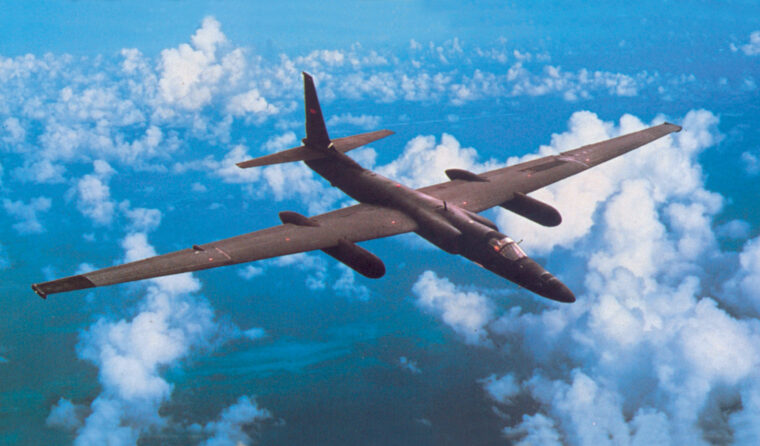
October 2002
Military Heritage, Intelligence
Movies and novels about spies and espionage usually portray brave and sexy secret agents going deep behind enemy lines to grab some invaluable and potentially destabilizing piece of information. Read more
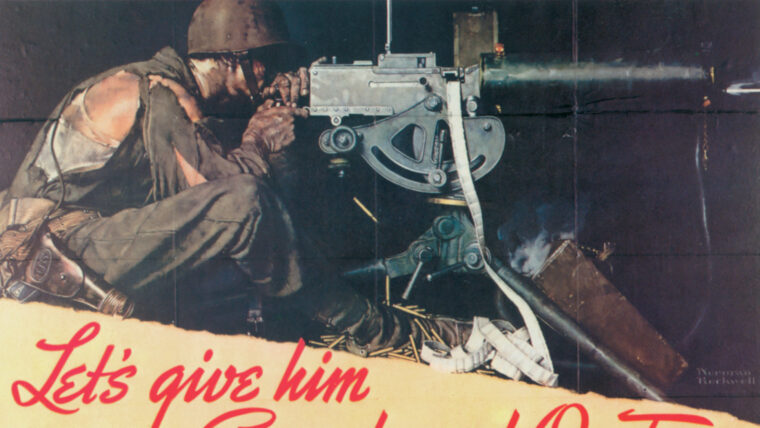
October 2002
Military Heritage, Militaria
Military posters played a crucial role in motivating Americans to do their best and make sacrifices—of all kinds—during World War II. Read more
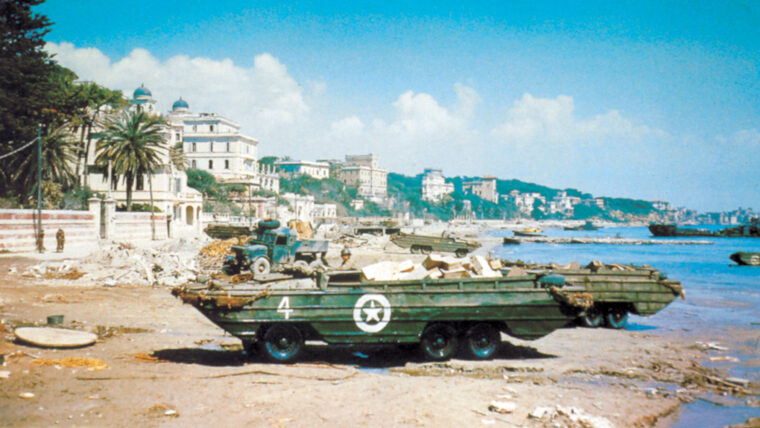
October 2002
Military Heritage, Books
The World War II campaign in Italy, fought in rugged terrain that favored the German defender, inhibited maneuver, and restricted resupply efforts, had ground to a standstill by the end of 1943. Read more